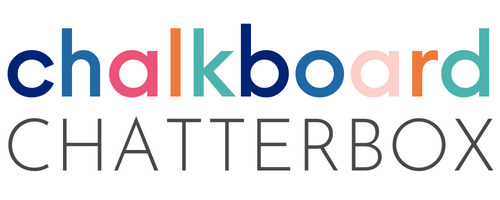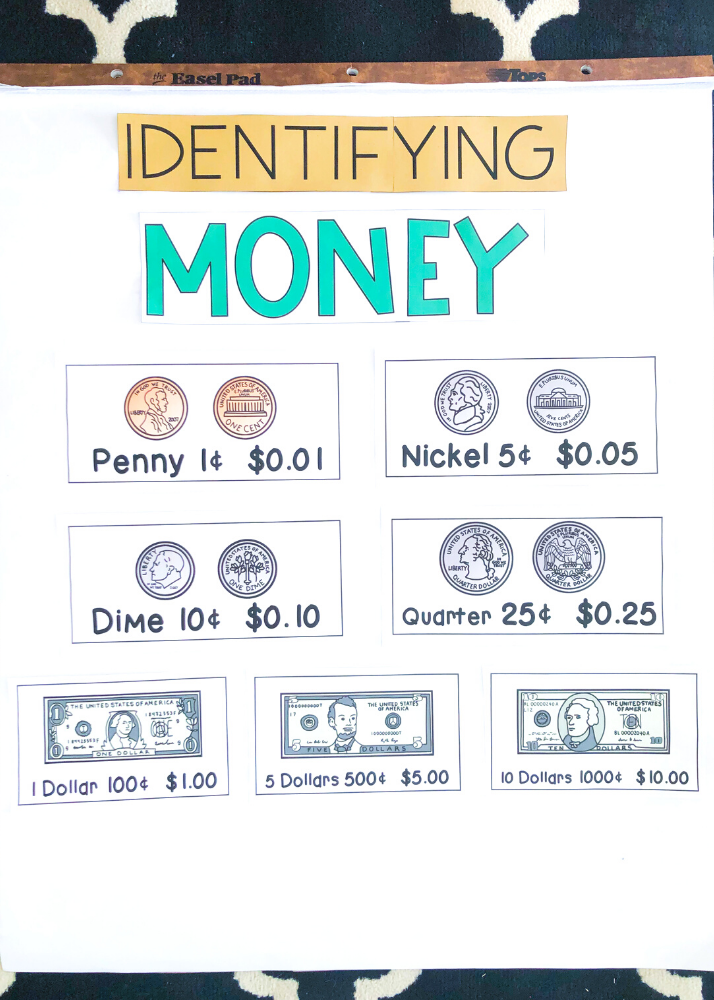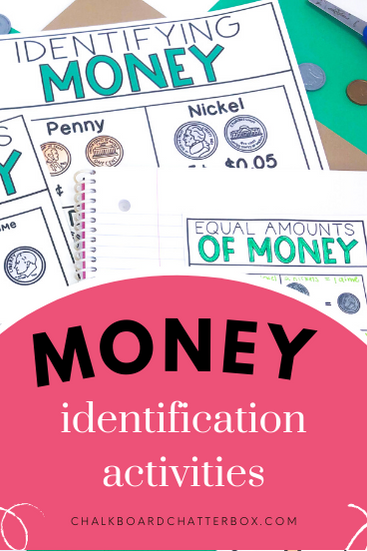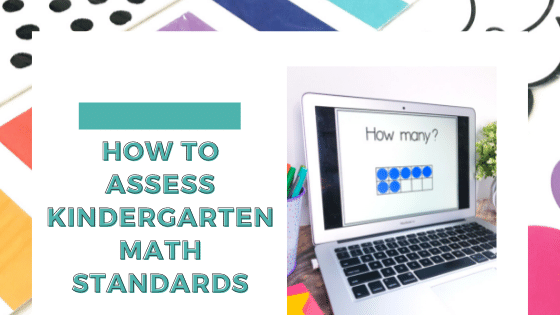4 New Money Identification Activities
Learning how to identify money is an important skill for all students. What is the best way to introduce and teach money identification? In this post, you’ll learn how you can teach students to:
observe and compare coins
identify coin names and their values
understand equivalent amounts with a money game
Observe and Compare Money and Coins
Since there are many coins and characteristics to consider, it’s important to spend time exploring each coin individually.
Money Exploration
Give students some free time to observe and describe what they notice about each coin. Pair students into groups of 2 to discuss their exploration findings.
Anchor Your Learning
Help students distinguish between each coin by creating anchor charts to document their observations.
Student Anchor Charts
Make learning more personal by printing student anchor charts to glue into their math notebooks. They can take their notebooks with them anywhere to refer to all year.
Money Brain Break
Keep your students learning while they move with this fun money brain break. Students will answer questions about coin and bill names and values while moving and having fun.
Money Identification Games
Use money games to give students opportunities to practice identifying and counting money.
Roll, Add, Trade
Using the game Roll, Add, Trade, students will roll a die to collect the correct amount of pennies. When they have enough, they will trade their pennies for the equivalent amount. Students can use their equivalent amount anchor chart to reference throughout the game.
Wrap-up
Using the variety of money identification activities, your students will have fun mastering challenging math standards.
Use the money anchor charts as a tool in your classroom that students can access all year.
Incorporate the money brain break into your daily math routine.
Want to try this later? Save these New Money Identification Activities to your favorite Pinterest board.
You’ll love these related posts











